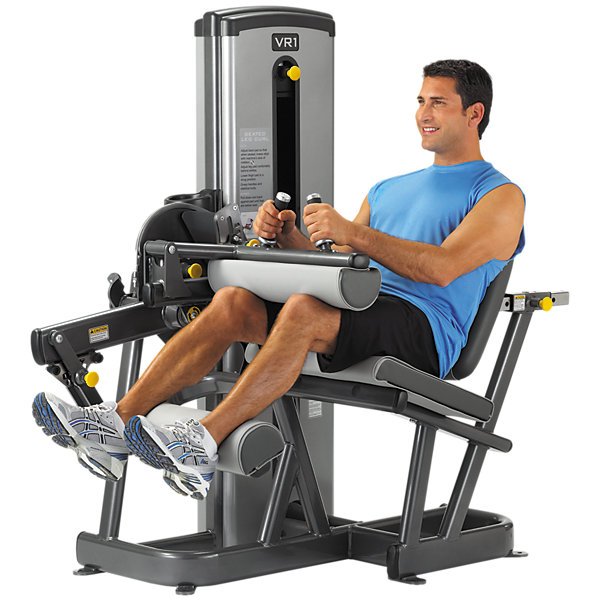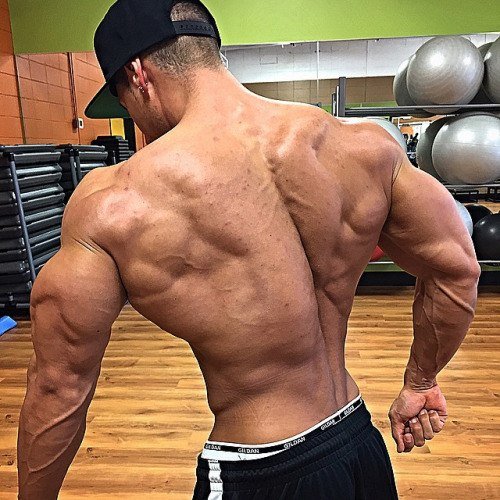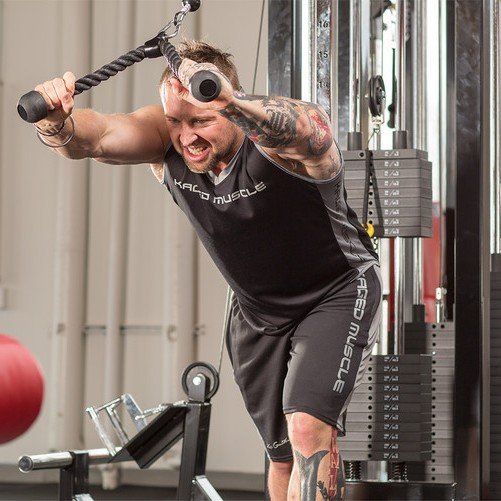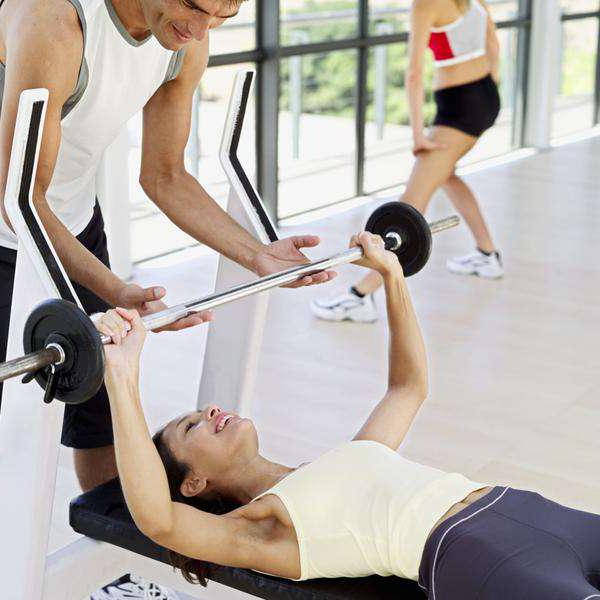You've been told that the hamstrings are predominantly fast-twitch fibers, so you've been training them accordingly: high loads, low reps, and explosive concentrics with plenty of rest. You've also been told that ankle plantarflexion during leg curls increases the activation of the hamstrings, so you've been doing them in that manner as well. And you got great results initially.
The problem is that your hamstring growth has stalled. No matter how much you try to shake things up, they just won't budge. You've tried doing them one leg at a time. You've tried doing them seated, lying, kneeling, and standing. You've tried doing them with your feet rotated in and your feet rotated out. Nothing seems to work anymore!
When that happens, this approach could be the answer.
How to Do Light Curls Right
Next time you step up to the leg-curl machine, try this: Cut the weight in half, do more reps, and go slow. For instance, if you typically do 4-6 sets of 4-6 reps trying to lift the weight as fast as possible, do 2-3 sets of 8-12 reps at a 4-0-2-0 tempo with half the weight.
Make sure you perform the tempo correctly. You don't need to go super slow, but you do need to go slow enough to feel the muscle contract. And no, you don't need a metronome to do it. It should be "one-Mississippi-two-Mississippi" on the way up and "one-Mississippi-two-Mississippi-three-Mississippi-four-Mississippi " on the way down. Establish the speed and range during your warm-up sets, and then it should be on automatic by your work sets.
You'll quickly discover what a difference this type of training makes. Usually, you initiate a leg curl with a blast of force, and momentum takes over the rest of the way. The hamstrings don't do much after that initial pull; they just come along for the ride. Because you're using a weight that's probably too heavy, your form goes to hell in no time. Your butt raises in the air to shorten the distance of movement, and no matter how hard you try to maintain ankle plantarflexion, by the second or third rep you're already in dorsiflexion as your gastrocs are coming into play to help out. I promise you, if you do leg curls right, even with a fairly light weight, you'll really feel your hamstrings.
Here's the other key: Since you're only using half the weight you normally do, you'll be able to cut your rest periods in half as well. You'll need less rest between sets, and less rest between workouts. If you typically take 3-4 minutes of rest between sets, 90-120 seconds will be enough with a lighter weight. And if you normally train your hamstrings heavy once a week, you can go light twice a week.
Light and Slow Will Show You Where You're Weak
Don't be fooled when you commence this type of training; it's more challenging than you may think. The first set should be manageable, but after that, your performance will likely drop dramatically. You may lose several reps by the second set, especially if you're not used to doing this type of training for your hamstrings.
No problem. Lift the load in dorsiflexion (toes up) as you fatigue, but always lower the weight in plantarflexion (toes out). On the third and final set, use less weight, and try to maintain plantarflexion throughout.

When you train in this manner, you can't hide any weakness. Both your left and right hamstrings must work throughout the entire range of motion, not just part of it. For this reason, you may feel that one side dominates. That's normal. Light and slow leg curls will unveil a left-right discrepancy very quickly, believe it or not. If a muscle imbalance does exist between both sides, do the exercise one leg at a time, and always start with the weaker side first.
Perform this type of training twice a week for a good three- or four-week period, and you'll encourage growth in fibers that have been dormant for quite a while. You may have been attacking the type IIb fibers for years, but it doesn't mean that you can't strengthen the type I and IIa fibers. In fact, that may be exactly what you need to encourage new growth.
Trust me, this method of training your hamstrings can't hurt. And if you do it right, you'll feel your hamstrings work and see them grow—maybe for the first time in years.
The weight you use may be light, but your hamstrings will feel heavy by the end of it. So, don't take this method too lightly! Once you try it, you won't look back—except to marvel at your new hamstring growth!
Source: http://www.bodybuilding.com/





